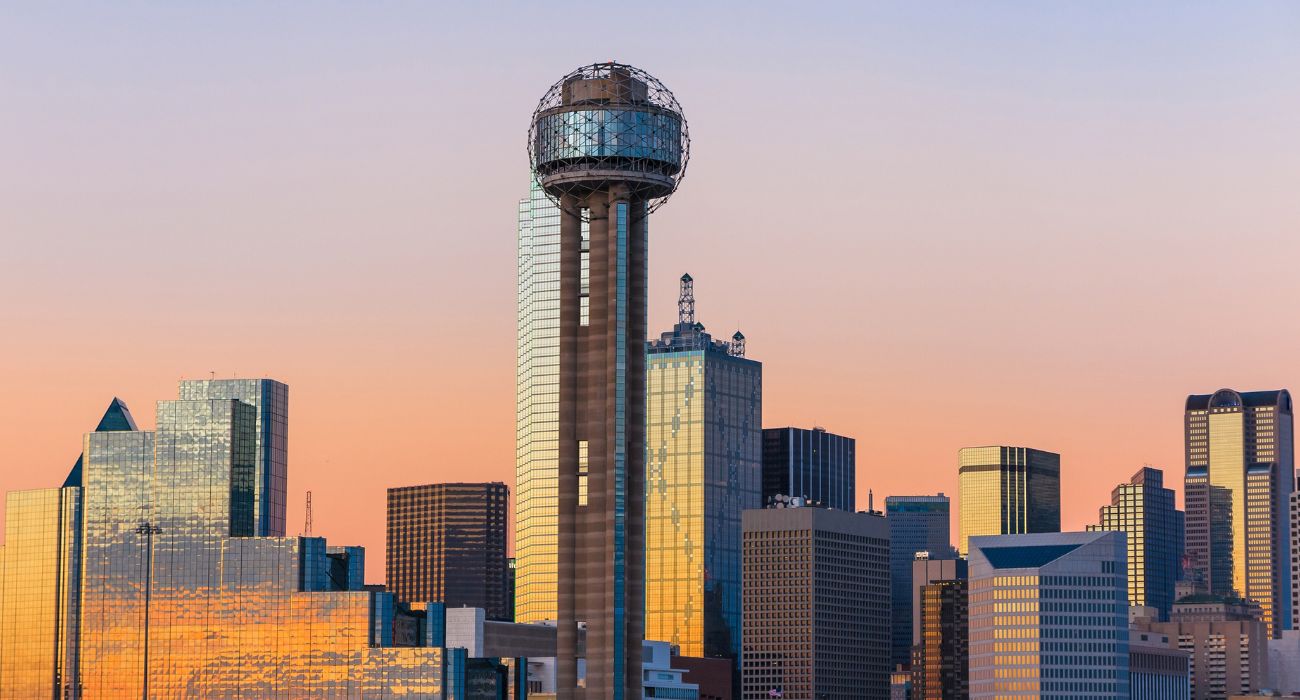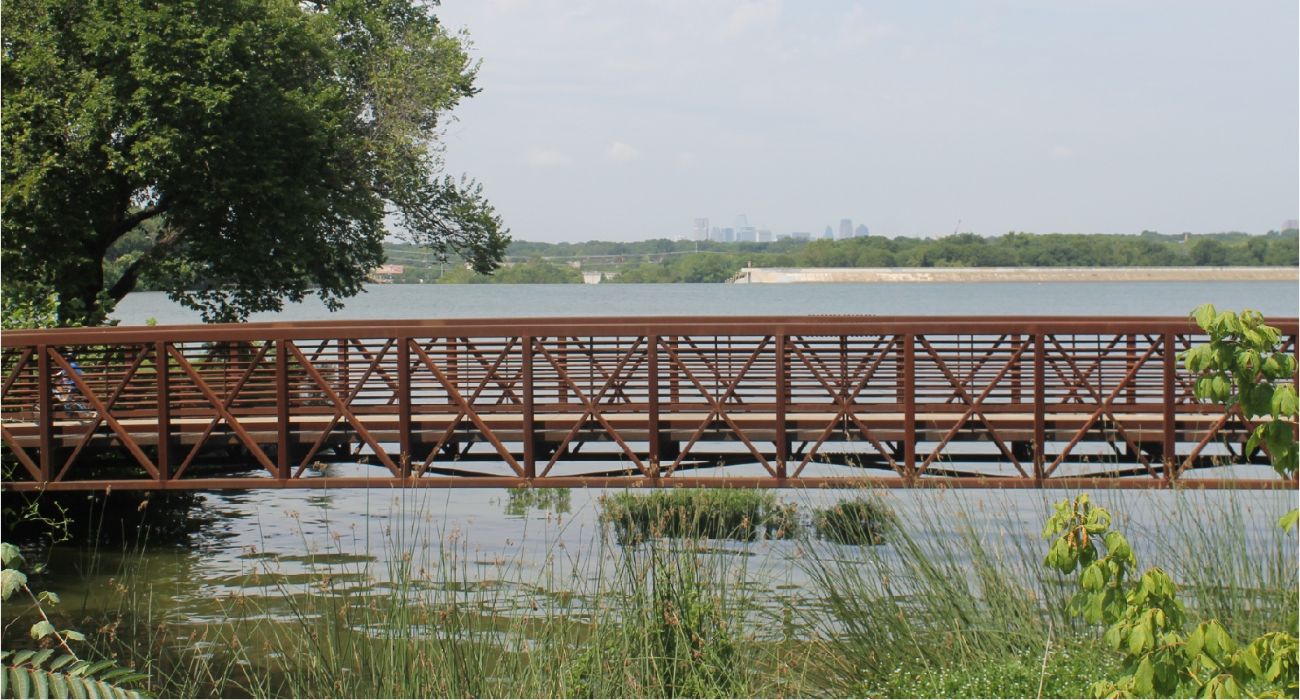The image of the Reunion Tower lights glowing against the night sky is an iconic symbol of Dallas, but for the next three weeks, the lights will be going dim for a good cause — to save the lives of migrating birds.
Nearly 2 billion birds fly through Texas during their migration to more favorable seasonal climates every spring and fall. However, the bright artificial lights and skyglow over large cities can disorient the birds, causing them to collide with buildings and windows, injuring or killing many of them.
The Dallas-Fort Worth area is the third most dangerous city in the U.S. for migratory birds, following Chicago (No.1) and Houston (No.2), CultureMap Dallas reported.
Nearly a billion birds are killed each year in the U.S. in building collisions, according to a research article published in The Condor.
However, “bird fatalities are more often directly caused by the amount of energy the birds waste flying around and calling out in confusion. The exhaustion can leave them vulnerable to other urban threats,” Texas Audubon explained.
Lights Out Texas is an initiative that originated in the Houston area as the Lights Out for Birds program. The goal of the program is to “reduce migratory bird mortality by increasing statewide participation of cities and building owners [in] turn[ing] off non-essential lights” during peak migration times.
Although the Houston Audubon had been collecting data on urban threats to birds for several years, it was a bird catastrophe in Galveston that served as the impetus for the Lights Out program. In 2017, nearly 400 birds died in a mass collision event with the 32-story American National Insurance Company building.
Leaders from the company met with the Galveston Audubon and the Houston Audubon and developed a lighting control plan to mitigate such collision events during future bird migrations.
About this time, the Cornell Lab of Ornithology developed its BirdCast migration forecast maps, which, along with weather tracking, enabled the Houston Audubon to determine when birds would have the greatest risk of collisions. The Houston Audubon developed an email system to send out alerts to building owners to let them know when to dim the lights on their buildings.
Since then, other organizations have partnered with Houston Audubon to spread the message, and Lights Out has become a statewide initiative.
From October 1 through October 21, the lights of Reunion Tower will go dim from sundown until 11 p.m. From 11 p.m. until 6 a.m., the lights will go completely dark. From sunrise to 6 a.m., the lights will return to the dim setting, per CultureMap. This three-week period has been determined to be the peak of the fall migration of birds through Dallas.
Of course, participation in the Lights Out program is not just limited to owners of large buildings and skyscrapers. Texas Audubon encourages everyone to turn off non-essential lights between 11 p.m. and 6 a.m. during the peak migration period. There are many ways for Texans to get involved and support the program.
Click here to volunteer for bird collision monitoring or to obtain a list of guidelines, a social media toolkit, or a fall migration “brag badge.”






